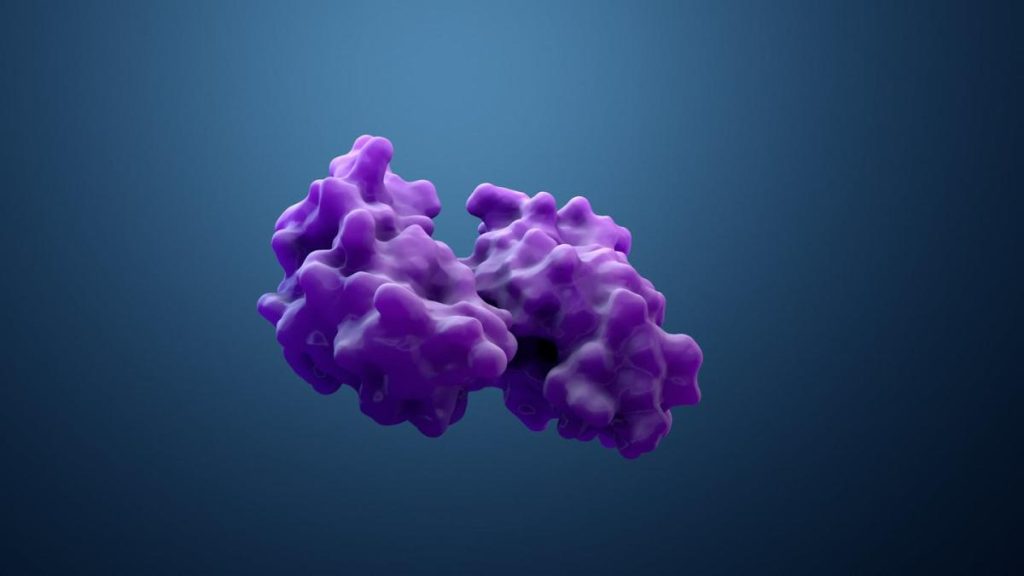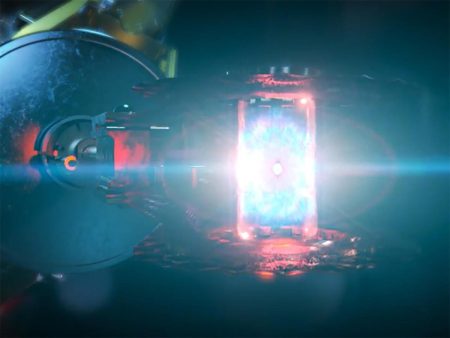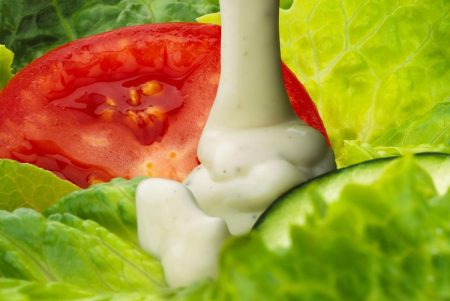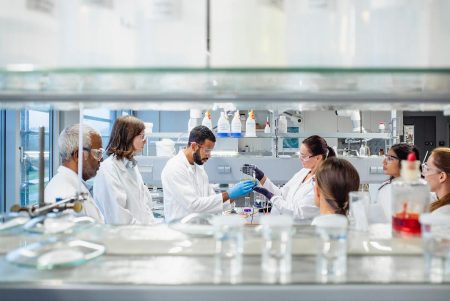Enzymes: The Molecular Machines That Power Life
The Crucial Role of Enzymes in Sustaining Life
Enzymes are the molecular machines that make life possible. They are responsible for carrying out the chemical reactions that sustain all living organisms. Much like how machines revolutionized human industry, enzymes have evolved to accelerate the processes necessary for life, from digesting food to transmitting nerve signals. Their ability to speed up reactions by billions of times has captivated scientists, including myself, who are eager to harness their potential to solve some of humanity’s most pressing challenges.
One striking example of an enzyme’s importance is acetylcholinesterase, which plays a critical role in muscle movement. When your body releases acetylcholine to trigger muscle contractions, it’s the enzyme acetylcholinesterase that breaks it down—thousands of molecules per second—to ensure your muscles don’t become paralyzed. Without this enzyme, acetylcholine would take about a month to break down on its own, which is 10 billion times slower. This dramatic difference highlights the indispensable role enzymes play in maintaining life as we know it.
The Potential of Enzymes to Solve Modern Problems
The speed and efficiency of enzymes make them a compelling solution to many of the world’s problems. Imagine if we could design enzymes to break down plastic waste, capture carbon dioxide, or destroy cancer cells as quickly as acetylcholinesterase breaks down acetylcholine. If the world is to address these challenges swiftly, enzymes could be the key. However, designing enzymes to perform such tasks is no easy feat. It’s like working with a Lego set at the atomic level, where the instructions are missing, and the structure only works if every piece is perfectly placed.
What Are Enzymes, and How Do They Work?
Enzymes are proteins, large molecules made up of amino acids that perform the behind-the-scenes work necessary to sustain life. These amino acids are stitched together into long chains that fold into specific three-dimensional shapes. The structure of an enzyme is as critical to its function as the shape of a spoon is to holding liquid. Just as a knife can’t perform the same task, an enzyme designed for one function won’t work for another. For example, the enzymes that help move your muscles are entirely different from those that enable photosynthesis in plants.
When an enzyme interacts with its target molecule, it’s like a lock and key. The enzyme’s active site—an area with specific grooves and amino acids—aligns perfectly with the molecule it processes. This alignment makes it easier for the molecule to undergo a chemical reaction, transforming it into a different molecule. After the reaction is complete, the enzyme releases the new molecule and is ready to process another. This precision is why enzymes are so efficient.
The Challenges of Designing Enzymes
For decades, scientists have attempted to design enzymes from scratch to create new molecules, materials, or therapeutics. However, replicating the speed and efficiency of natural enzymes has proven incredibly difficult. Enzymes have complex, irregular shapes made up of hundreds of amino acids, and even a slight misplacement of a single atom can significantly slow down or completely halt the enzyme’s function.
Early efforts focused on modifying the amino acid sequences of existing enzymes to improve their speed or stability. While this approach succeeded in making enzymes more stable at higher temperatures, it had limited success in enhancing their speed. Another method, called directed evolution, involves randomly altering an enzyme’s amino acid sequence until it performs a desired function. This approach has been more fruitful, improving reaction speed and even creating enzymes with entirely new properties. However, it’s labor-intensive and often fails if there’s no suitable starting enzyme.
Designing Enzymes with Computers
The latest breakthrough in enzyme design comes from the field of computer science. Using machine learning, researchers can now design enzymes from scratch without relying on natural proteins as a starting point. This approach is similar to how AI models like ChatGPT or DALL-E generate text or images. Instead of trying to force an active site into a random protein structure, the AI model generates the entire enzyme structure around the active site, ensuring a perfect fit.
Our team recently used an AI model called RFdiffusion to design enzymes called serine hydrolases, which have potential applications in medicine and plastic recycling. After designing these enzymes, we tested them with their target molecules and found that many of them worked effectively, outperforming previously designed enzymes. To verify the accuracy of our designs, we used X-ray crystallography to compare the actual shapes of the enzymes with our digital models. The results were remarkable—many of the enzymes matched our designs almost perfectly.
The Future of Enzyme Design and Its Potential Impact
This breakthrough marks a significant step forward in enzyme design, demonstrating the power of AI in solving complex scientific challenges. By enabling researchers to create enzymes tailored to specific tasks, machine learning could unlock new solutions for some of the world’s most pressing problems. Imagine enzymes that can break down plastic waste in seconds or capture carbon dioxide directly from the atmosphere. Enzymes could also revolutionize medicine by destroying cancer cells or manufacturing life-saving drugs more efficiently.
The potential of enzymes is vast, and with the help of AI, scientists are now one step closer to realizing this potential. As researchers continue to explore the possibilities of enzyme design, we may find new ways to tackle challenges that once seemed insurmountable. Enzymes are not just the molecular machines of life; they could also be the key to a sustainable and healthier future for all.









